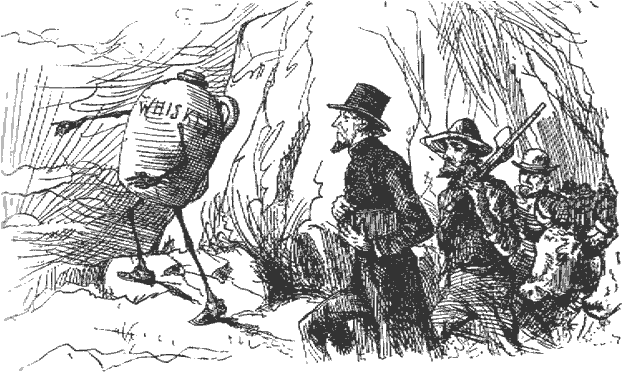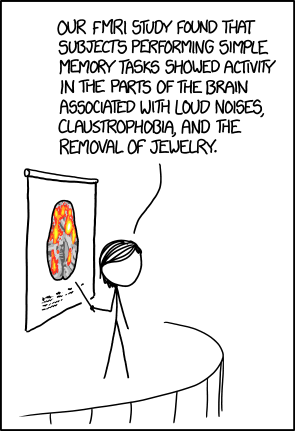Early television programmers were hungry enough to dig deep in the vaults, even to the silent era.
The difference between Keaton and Lloyd was particularly telling though I suspect that Keaton's films aging better was also a factor (Sherlock Jr. is the best comic film ever made. Anyone who cares to disagree can step outside). Keaton embraced the medium early.
From Wikipedia:
In 1950, Keaton had a successful television series, The Buster Keaton Show, which was broadcast live on a local Los Angeles station. An attempt to recreate the first series on film as Life with Buster Keaton (1951), which allowed the program to be broadcast nationwide, was less well received. He also appeared in the early television series Faye Emerson's Wonderful Town. A theatrical feature film, The Misadventures of Buster Keaton, was fashioned from the series. Keaton said he canceled the filmed series himself because he was unable to create enough fresh material to produce a new show each week. Keaton also appeared on Ed Wynn's variety show. At the age of 55, he successfully recreated one of the stunts of his youth, in which he propped one foot onto a table, then swung the second foot up next to it, and held the awkward position in midair for a moment before crashing to the stage floor. I've Got a Secret host Garry Moore recalled, "I asked (Keaton) how he did all those falls, and he said, 'I'll show you'. He opened his jacket and he was all bruised. So that's how he did it—it hurt—but you had to care enough not to care." In 1952 Keaton appeared with Charles Chaplin in Limelight (1952 film).
Unlike his contemporary Harold Lloyd, who kept his films from being televised, Keaton's periodic television appearances helped to revive interest in his silent films in the 1950s and 1960s. In 1954, Keaton played his first television dramatic role in "The Awakening", an episode of the syndicated anthology series Douglas Fairbanks, Jr., Presents. About this time, he also appeared on NBC's The Martha Raye Show.
Here's an ad from the sixties when Keaton was pushing 70. Check out the reaction to the "moo."
Westerns, particularly juvenile Westerns were also a natural fit. The most notable early success was a popular but second tier character played by a very shrewd fellow named William Boyd.
Boyd resumed production [2] in 1946, on lower budgets, and continued through 1948, when "B" westerns were being phased out. Boyd thought Hopalong Cassidy might have a future in television, spent $350,000 to obtain the rights to his old films,[2] and approached the fledgling NBC network. The initial broadcasts were so successful that NBC could not wait for a television series to be produced and edited the feature films to broadcast length.[3] On June 24, 1949, Hopalong Cassidy became the first network Western television series.
The success of the television series made Boyd a star.[2] The Mutual Broadcasting System began broadcasting a radio version, with Andy Clyde (later George MacMichael on Walter Brennan's ABC sitcom The Real McCoys) as the sidekick, in January 1950; at the end of September, the show moved to CBS Radio, where it ran until 1952.[4]
The series and character were so popular that Hopalong Cassidy was featured on the cover of national magazines such as Look, Life, and Time.[2] Boyd earned millions as Hopalong ($800,000 in 1950 alone),[2] mostly from merchandise licensing and endorsement deals. In 1950, Hopalong Cassidy was featured on the first lunchbox to bear an image, causing sales for Aladdin Industries to jump from 50,000 to 600,000 in one year. In stores, more than 100 companies in 1950 manufactured $70 million of Hopalong Cassidy products,[2] including children's dinnerware, pillows, roller skates, soap, wristwatches, and jackknives.[5]
There was a new demand for Hopalong Cassidy features in movie theaters, and Boyd licensed reissue distributor Film Classics to make new film prints and advertising accessories. Another 1950 enterprise saw the home-movie company Castle Films manufacturing condensed versions of the Paramount films for 16 mm and 8 mm film projectors; they were sold through 1966. Also, in January 1950 Dan Spiegel began to draw a syndicated comic strip with scripts by Royal King Cole; the strip lasted until 1955.[6][7]
Boyd began work on a separate series of half-hour westerns made for television; Edgar Buchanan was his new sidekick, Red Connors (a character from the original stories and a few of the early films). The theme music for the television show was written by Nacio Herb Brown (music) and L. Wolfe Gilbert (lyrics). The show ranked number 7 in the 1949 Nielsen ratings, number 9 in the 1950-1951 season and number 28 in 1951-1952.[8] The success of the show and tie-ins inspired juvenile television westerns such as The Range Rider, Tales of the Texas Rangers, Annie Oakley, The Gene Autry Show, and The Roy Rogers Show.
Universal monster movies also had obvious appeal to young boomers. It's not a coincidence that Hammer got into the business of horror in the late fifties.
But the Universal stars were still the icons.
[The jump in werewolf citings in the 1860s appears to trace back to this guy.]
Phantom was about as obscure as you could get in 1952. I cut off the graph at 1985 for obvious reasons.




